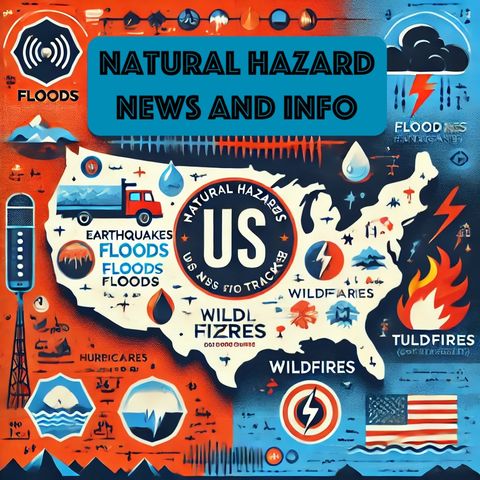Discover the Captivating Geothermal Wonders of West Thumb Geyser Basin in Yellowstone National Park

Download and listen anywhere
Download your favorite episodes and enjoy them, wherever you are! Sign up or log in now to access offline listening.
Discover the Captivating Geothermal Wonders of West Thumb Geyser Basin in Yellowstone National Park
This is an automatically generated transcript. Please note that complete accuracy is not guaranteed.
Description
Tucked away in the southern shores of Yellowstone Lake lies the West Thumb Geyser Basin, an enticing natural wonderland within Yellowstone National Park. Though perhaps overshadowed by the more iconic...
show moreOne of the most compelling aspects of West Thumb is its extraordinary array of geothermal features. The basin's pools exhibit a stunning spectrum of colors, derived from the interaction of heat-loving bacteria and minerals, creating an otherworldly aquatic palette. The Abyss Pool, one of the deepest hot springs in the park, captivates onlookers with its deep blue color and mysterious depths. Its name aptly reflects the sense of unending depth it conveys— reaching temperatures that sometimes exceed 140°F, it releases bursts of steam into the chilly Yellowstone air, adding a majestic aura to the basin.
Beyond these pools lie the basin's sinter terraces, deposited by ancient thermal springs, that weave intricately through this geothermal landscape. These terraces form as silicate minerals from the hot spring water evaporate, leaving behind a hard, white crust that accentuates the azure of the pools. While beautiful to behold, these formations are fragile and continually reshaped by the forces of geothermal activity.
West Thumb's submarine geysers contribute further to the area's unique character. Beneath the surface of Yellowstone Lake, these geysers spout jets of hot water into the depths, creating underwater spectacles rarely seen elsewhere. Formed from underwater hydrothermal vents, these geysers bring an element of intrigue and mystery, as their activity is less predictable and documented compared to their terrestrial counterparts.
The region's geologic history adds another layer of fascination. West Thumb is essentially a large caldera, having formed from a massive volcanic explosion around 174,000 years ago. This explosion was so significant that it left a gaping crater which gradually filled with water to become part of Yellowstone Lake. The basin's current geothermal activity is a reminder of the volatile forces simmering beneath the surface, which continue to shape the landscape.
While the geothermal grandeur of West Thumb is undoubtedly captivating, it also serves as a reminder of the powerful natural forces capable of destruction. In the realm of natural disasters, hydrothermal explosions are a real, though lesser-known threat. These occur when water trapped underground is rapidly heated by magma, expanding explosively if it finds a sudden release point through the Earth's crust. Historical accounts suggest such explosions have periodically reshaped the terrain around Yellowstone, adding yet another dimension of awe and respect for this dynamic geologic setting.
Indeed, West Thumb Geyser Basin stands as a testament to the ever-evolving tapestry of natural history at Yellowstone National Park. Its varied and beautiful geological features, from the vivid thermal pools and enigmatic underwater geysers to the intriguing sinter terraces and ever-present potential for hydrothermal explosions, make it an exceptional showcase of geothermal activity. For visitors and scientists alike, West Thumb offers a compelling insight into the vibrant processes that sculpt our planet, reminding us of both the beauty and power of nature's artistry.
Information
| Author | QP-4 |
| Organization | William Corbin |
| Website | - |
| Tags |
Copyright 2024 - Spreaker Inc. an iHeartMedia Company

Comments